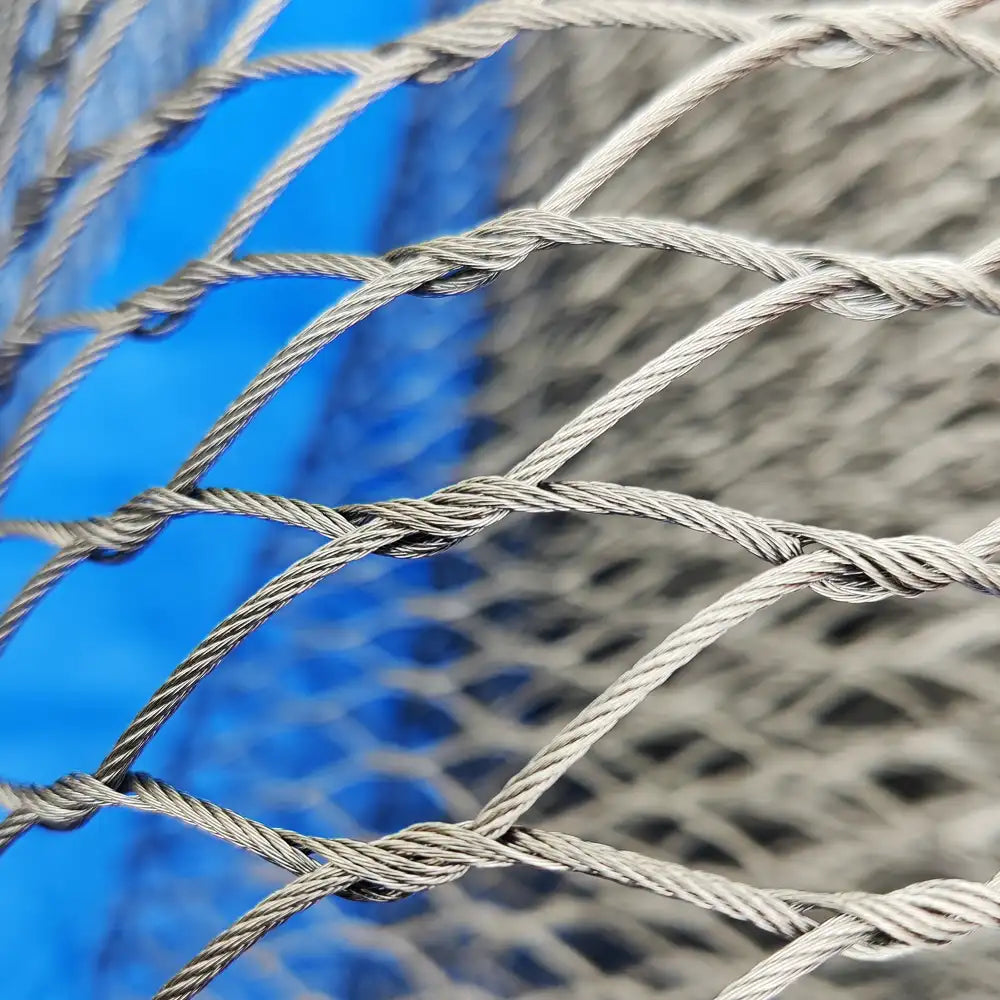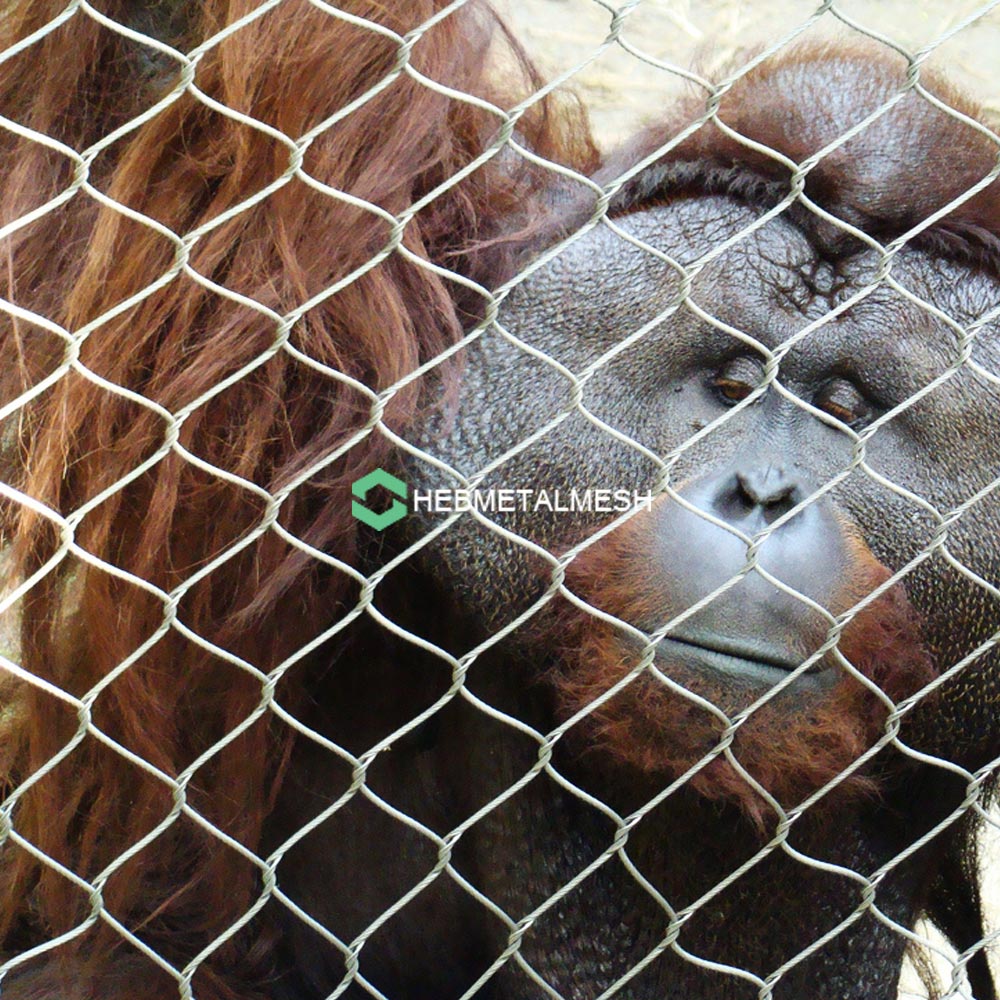Human-wildlife conflicts are a critical concern for conservationists globally, with species that require massive areas to survive moved into diminishing areas day by day. This has ultimately led to an increase in the frequency of encounters between animals, livestock, and humans. The damage caused by these conflicts impacts the survival of both people and wildlife. To address these challenges, protective barriers like animal fencing are crucial.
The Need for Animal Fencing
Animal fencing technology has advanced in recent years, but the need for fencing has remained the same. The objective of fencing wildlife is twofold: to separate wildlife from humans and to protect domestic animals from predators. Animal fencing plays a crucial role in the sanctity of ecological communities by guaranteeing that wildlife populations can persist and flourish.
The fences consist of alternating wires and fiberglass or wooden posts and additional enhanced fencing material like zoo mesh.
Types of Animal Fencing
Animal fencing is classified into two main types:
1. Permanent Fencing: This type of fencing typically consists of permanent materials that offer a long-term solution for wildlife management. It is typically used for areas with recurring wildlife conflicts like airports, wildlife reserves, and game reserves.
2. Temporary Fencing: Temporary fencing is designed to provide a temporary protective barrier without the need for complete installation. It is commonly used to protect crops and gardens, construction sites, and livestock feeding areas.
Zoo Mesh
Zoo mesh is a type of fencing material used to create protective barriers for animals in zoos and other captive areas. It is produced using high-quality stainless steel cables that are woven into a mesh pattern. The wires are interlaced at intersecting points to form a diamond pattern, which makes it strong enough to withstand significant forces.
Zoo mesh is a popular choice of fencing for numerous reasons:
1. Durability: Zoo mesh is resistant to weather, making it an efficient and long-lasting solution.
2. Versatile: The flexibility and strength of zoo mesh make it an effective solution for fencing small and large animals in zoos and wildlife reserves.
3. Safe for Animals: Since it's specially designed for animal habitats, the material doesn't pose any danger to animals or wildlife.
Conclusion:
Overall, animal fencing is an effective approach to prevent human-wildlife conflicts and safeguard biodiversity. Fenced-off areas provide a protective barrier for both animals and humans, ultimately reducing incidents of human-wildlife interactions. With state-of-the-art materials like zoo mesh, we can create protective barriers that are efficient, durable, and safe for wildlife. Investing in animal fencing is an investment in the future of wildlife populations.









